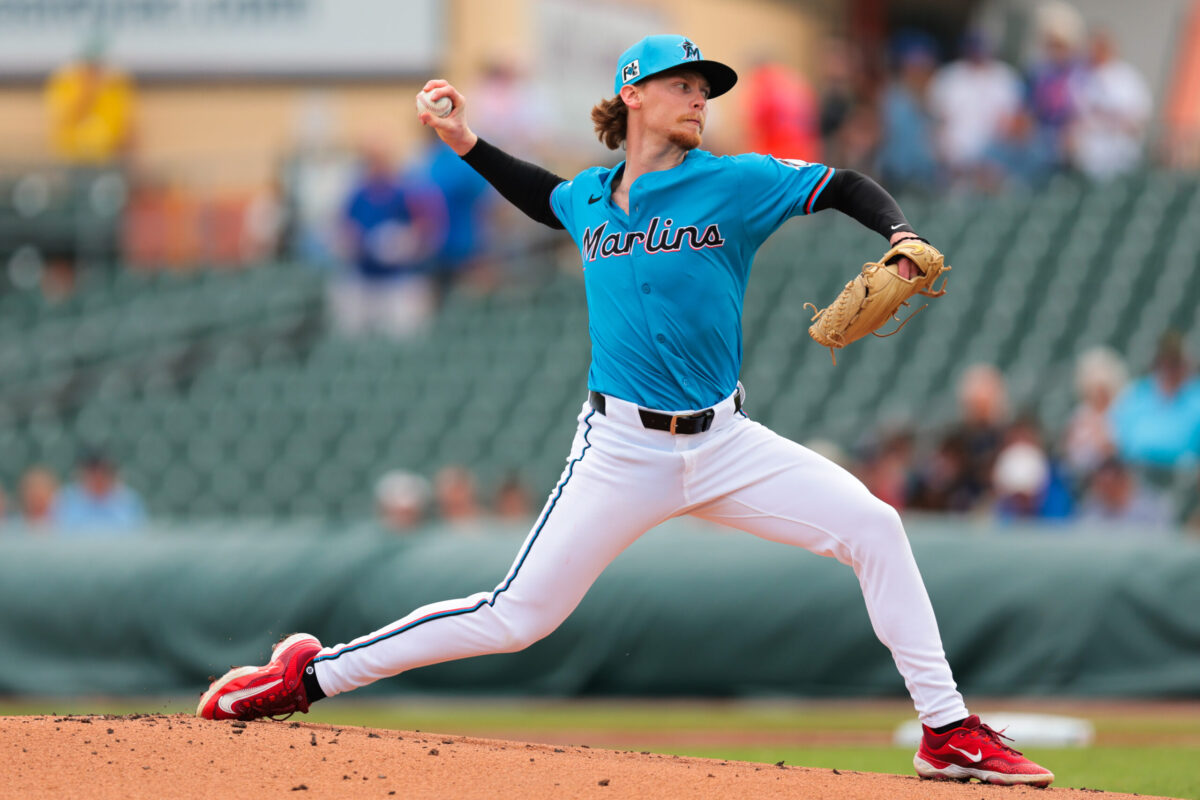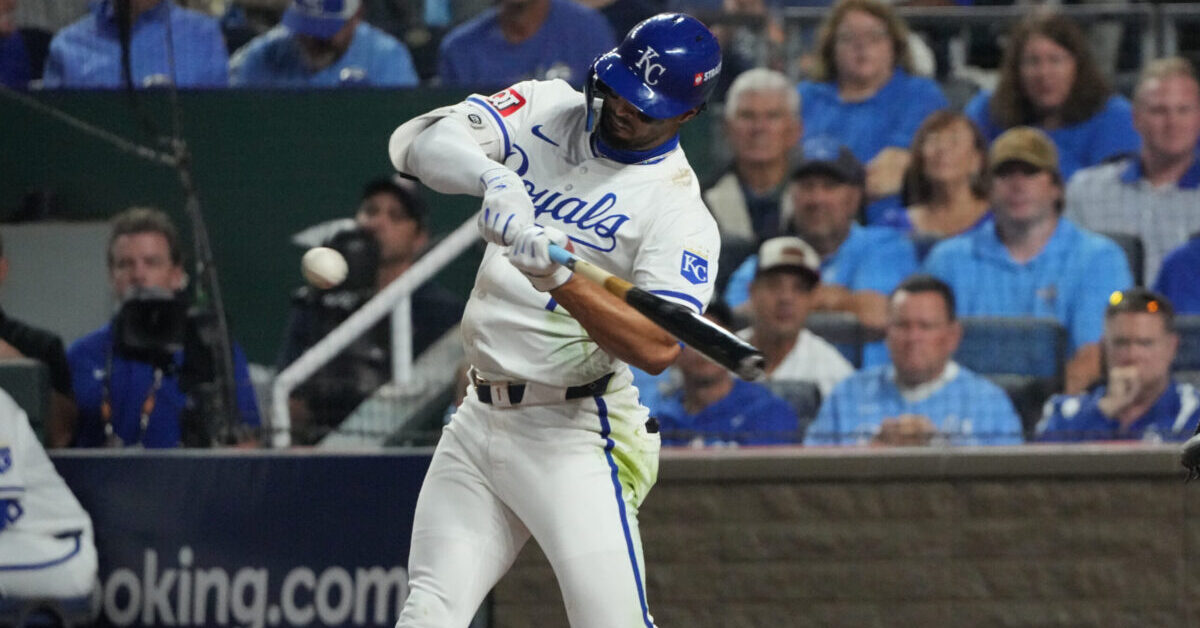Building a 2025 $9 NFBC Pitching Staff

Auction day is one of my favorite days of the year. So what to do when you love auctioning, but your first event of the year isn’t for another four days? Fake buy players from auctions that did actually take place! For fun, last week I decided to check out the NFBC average auction values and build a standard 14-player offense for $14. That’s right, every player I selected had to come with an average auction value of just a buck. This week, I’m going to flip over to pitchers, building a $9 staff. Unlike in years past, I’m just going to choose from starting pitchers only and not speculate on saves from relievers this time. Discussing more cheap starting pitching is more actionable than naming a bunch of middle relievers who might net some saves.



